Study’s findings are welcome news
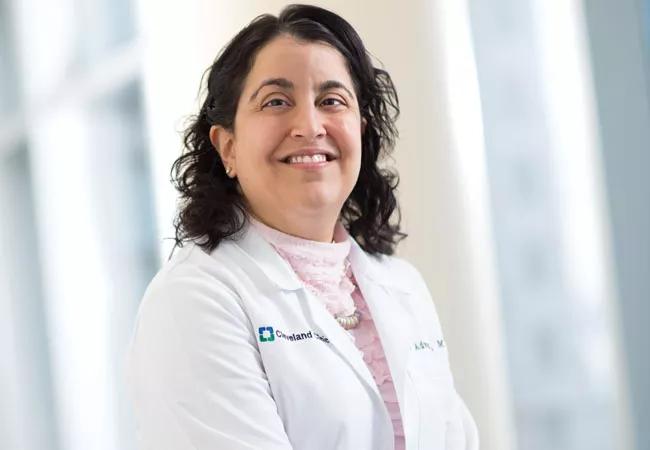
Treating relapsed or refractory acute lymphoblastic leukemia patients with the antibody-drug conjugate inotuzumab ozogamicin (INO) produces significantly better results than does standard chemotherapy, with a higher rate of complete remission, less residual disease, and longer progression-free and overall survival, a recent clinical trial has found.
Cleveland Clinic is a non-profit academic medical center. Advertising on our site helps support our mission. We do not endorse non-Cleveland Clinic products or services. Policy
“Remission rates were much higher with INO versus what we would use as standard of care, and a much higher percentage of patients were able to proceed to stem cell transplant, which is the only known cure once a patient relapses,” says Anjali Advani, MD, Director of Cleveland Clinic Cancer Center’s Inpatient Leukemia Program and a coauthor of the study published in The New England Journal of Medicine.
The findings are welcome news, since many acute lymphoblastic leukemia (ALL) patients relapse after first-line therapy and since salvage therapies are often unsuccessful in producing complete remission — typically a prerequisite for allogeneic hematopoietic stem cell transplantation.
The clinical trial, named INO-VATE ALL, was a phase III study designed to assess the safety and efficacy of single-agent INO compared with standard intensive chemotherapy for relapsed/refractory ALL. There is no single standard chemotherapy regimen for relapsed disease.
INO, an FDA-designated breakthrough drug for ALL, is an investigational antibody–drug conjugate comprised of an anti-CD22 monoclonal antibody linked to calicheamicin, a cytotoxic agent. CD22 is expressed in more than 90 percent of patients with B-cell ALL. When INO binds to CD22, it internalizes into the cell and releases calicheamicin, which exerts its cytotoxic effect by binding to the minor groove of the DNA, inducing double-strand breaks and apoptosis.
“Relapsed/refractory ALL has been difficult to treat and, in general, the remission rates with standard therapy have not been very high — between 30 to 50 percent with standard therapy,” Dr. Advani explains.
Suboptimal outcomes in relapsed/refractory cases may be explained by the fact that lymphoblasts have developed resistance to multidrug-intensive first-line chemotherapy. “Many of the drugs we use at the time of relapse are similar to what we use for up-front treatment,” Dr. Advani says. “There has been an unmet need for novel therapeutic approaches. With this study, the remission rates were much higher with inotuzumab versus what we would use as standard-of-care.”
Of the 326 patients in the study, 218 (109 in each group) were included in the primary intention-to-treat analysis of complete remission. The rate of complete remission was significantly higher in the INO group than in the chemotherapy group — 80.7 percent (95 percent confidence interval [CI], 72.1- 87.7) vs. 29.4 percent (95 percent CI, 21.0-38.8); p < 0.001.
Among patients who had complete remission, a higher percentage in the INO group than in the chemotherapy group had results below the threshold for minimal residual disease (0.01 percent marrow blasts) — 78.4 percent vs. 28.1 percent; p < 0.001). The duration of remission was longer in the INO group than in the chemotherapy group — median 4.6 months (95 percent CI, 3.9-5.4) vs. 3.1 months (95 percent CI, 1.4-4.9); hazard ratio (HR) 0.55 (95 percent CI, 0.31-0.96); p = 0.03.
In the survival analysis, which included all 326 patients, progression-free survival was significantly longer in the INO group than in the chemotherapy group — median 5.0 months (95 percent CI, 3.7-5.6) vs. 1.8 months (95 percent CI, 1.5-2.2); HR 0.45 (97.5 percent CI, 0.34-0.61); p < 0.001. The median overall survival in the INO group was 7.7 months (95 percent CI, 6.0-9.2) versus 6.7 months in the chemotherapy group (95 percent CI, 4.9-8.3); HR 0.77 (97.5 percent CI, 0.58-1.03); p = 0.04.
Hepatic adverse events, particularly veno-occlusive disease (VOD), were more common in the INO group than in the chemotherapy cohort. VOD ≥ grade 3 occurred in 13 patients (9 percent) treated with INO compared with one patient (1 percent) in the standard-therapy cohort. There were two treatment-related deaths due to VOD in the INO group, both after post-trial stem cell transplantation. The researchers determined that the transplant conditioning regimen may contribute to VOD risk, since treatment with a dual-alkylator versus a single-akylator was the only significant covariate.
If the FDA approves INO, Dr. Advani expects that it will become a standard-of-care option for relapsed/refractory ALL. Blinatumomab, a bi-specific T-cell-engaging antibody, already is approved for patients with relapsed/refractory ALL.
“There are advantages and disadvantages to both drugs,” Dr. Advani says. “Blinatumomab does not have the risk of veno-occlusive disease, but patients have to be hooked up continuously to an infusion pump. They have to either have home care or be able to get back to the clinic every two days to get the pumps changed.” INO is administered intravenously on a weekly basis for three weeks with each cycle.
Dr. Advani believes additional research is needed to evaluate combining INO with other agents, biologics or drugs in the up-front and relapse settings.
“The other issue for us to study is how we can best decrease the risk for veno-occlusive disease, in terms of the preparative regimen as well as the dosing and timing of INO,” she says.
Photo Credit: ©Russell Lee

First-ever U.S. population-level retrospective analysis reveals many patients with systemic mastocytosis need faster intervention

Global R&D efforts expanding first-line and relapse therapy options for patients

A case study on the value of access to novel therapies through clinical trials

Multiple Cleveland Clinic sites to participate in National Cancer Institute trial comparing treatment regimens for newly diagnosed patients
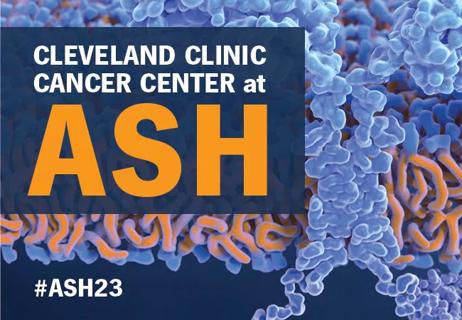
Cleveland Clinic oncologists’ selected abstracts
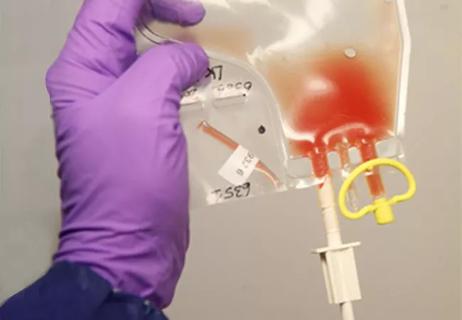
On-demand stem cell mobilizer is an effective salvage strategy
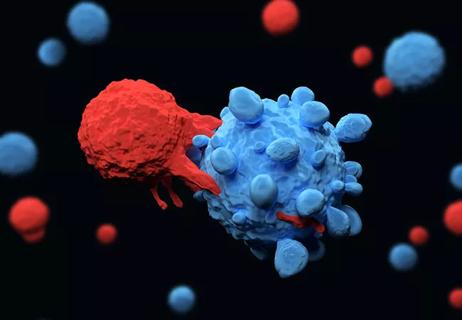
Dispelling myths and sharing practical experiences
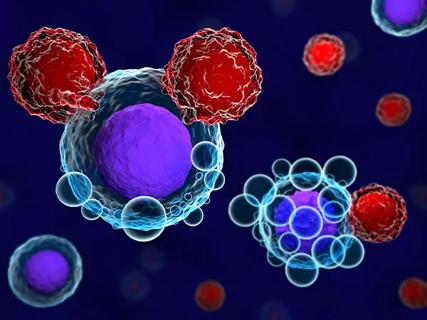
Research indicates strong rationale for expanding trial eligibility criteria